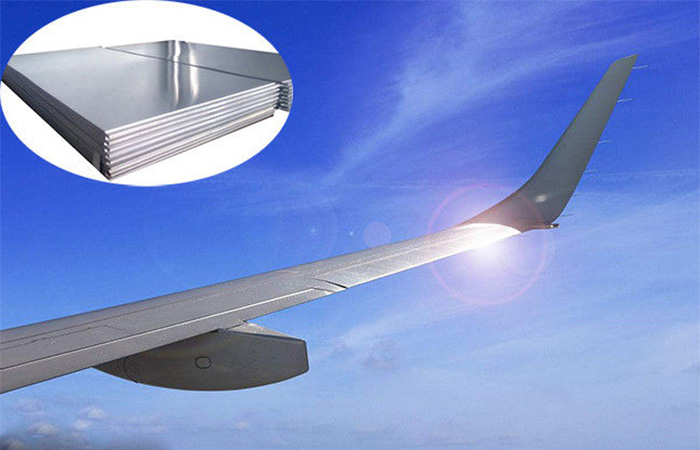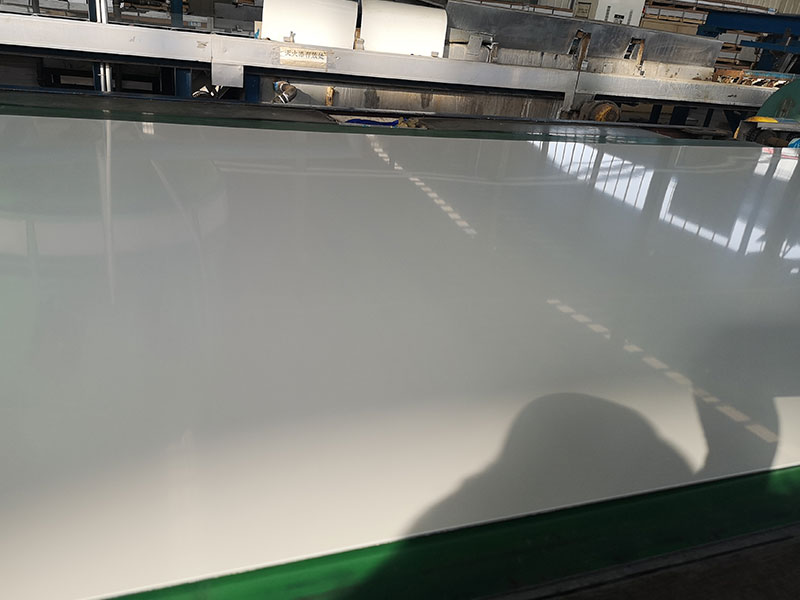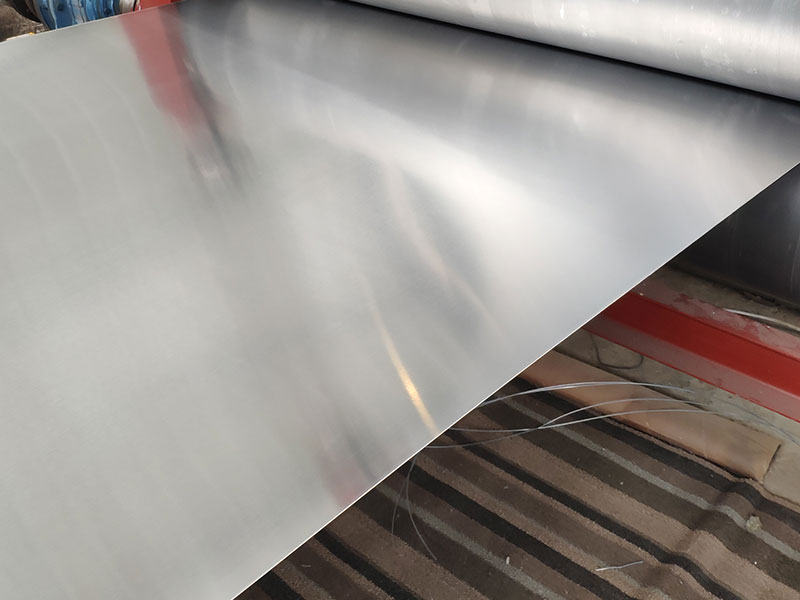1060 H14 H24 Aluminum Plate
When we d
The Lighter Side of Strength
At first glance, "1060" might sound like a simple designation, but it’s actually a testament to resilience and reliability. Classified as a commercially pure aluminum alloy (99.6% minimum aluminum content), the 1060 H14 H24 plate retains superior thermal and electrical conductivity. This means that not only is it lightweight, typically weighing just around 2.7 grams per cm³, but it competently conducts heat and electricity, making it ideal for various industrial applications.
Working with 1060 H14 and H24 aluminum plate daily reveals some differences beyond the simple temper designation. H14, with its annealed and then strain-hardened state, offers a good balance of strength and ductility. We find it particularly useful for applications requiring moderate formability, like shallow draws or simple bends, where a slightly stiffer material is preferred over the softer H12. However, its strength isn't as high as the H24, meaning larger gauge plates might be needed for certain load-bearing components. We often see H14 used in decorative panels or parts requiring some level of surface finish, as its response to machining and polishing is relatively predictable. A common challenge is maintaining consistent surface quality throughout a large batch due to slight variations in the strain-hardening process.
The H24 temper, representing a significantly higher level of strain hardening, provides superior strength and hardness compared to H14. This makes it ideal for applications demanding more structural integrity, though at the cost of formability. We use H24 extensively in situations requiring greater stiffness and resistance to deformation, such as certain structural elements or components subjected to repeated stress. However, its reduced ductility necessitates careful consideration during fabrication, particularly when dealing with complex geometries or sharp bends – cracking becomes a much greater risk. Another crucial observation is that the work hardening during fabrication can lead to localised stress build-up, requiring more rigorous quality
To shed light on its tempering process, "H14" and "H24" refer to state but can be somewhat enigmatic to outsiders. The "H" denotes that a material is strain-hardened and has received supplementary treatments that enhance its strength. H14 is characterized by intermediate strength; it found a sweet balance between formability and strength during processing, while H24 goes a step further, denoting a level of additional strain hardening. This nuanced knowledge equips manufacturers and consumers of where, when, and how best to employ this hardy metal.
Cruising on Corrosion Resistance
One might say that aluminum built its reputation as a revered multitasking metal on its cape of protection - corrosion resistance. And 1060 H14 H24 is no exception. Its thin protective oxide layer surfaces admiration in settings exposed to moisture and demanding industries like marine and electricity sectors, rendering it judiciously resistant to rust and corrosion.
Artisans marvel at its surface adherability—coating or painting tends to grip tightly to the aluminum base, preserving aesthetics while layering on additional defenses against the elements.
Ushering in Possibilities
Perhaps the captivating story of the 1060 H14 H24 aluminum plate lies within its scope of versatile applications. This engaging plate finds its place within:
-
Electrical Applications: Thanks to its conductive properties, it's notably seen in electrical capacitors and heat exchangers, proffering fantastic solutions connecting wires for various HVAC systems across residential to industrial setups.
-
Signage: Brighter than your average billboard, durability coupled with a pristine finish allows applications in commercial signage—the brilliance of cut-out letters or backgrounds paints a masterpiece of marketing.
-
Building & Construction: Architects and builders woo it; thanks to charm factors like weight retention and longevity, it's found generously ornamenting facades, gutters, and roofing.
-
Food Industry: Remarkably hygienic, the aluminum’s recyclability lends testosterone to a durable champion in food processing. From storage to transportation facilities, 1060 H14 H24 finds utility steering provisions sans snagging health dilemmas.
The Husbandry of Innovation
Every triumph of modern utility and technology radically interacts with materials crafted over layered history. Taking an introspective look at 1060 H14 H24 blanks back to ancient craftsmen handling aluminum surrogates reveals a sharp contrast in knowledge—we surf the collective ingenuity spotlight wrapped with process refinement and commodity compatibility.
Innovation, paired with artistic expression, forges the past and simultaneously ignites the future. This alloy commands attention to spectral properties garnered through productive application alongside accommodating rates.
https://www.aluminumplate.net/a/1060-h14-h24-aluminum-plate.html







